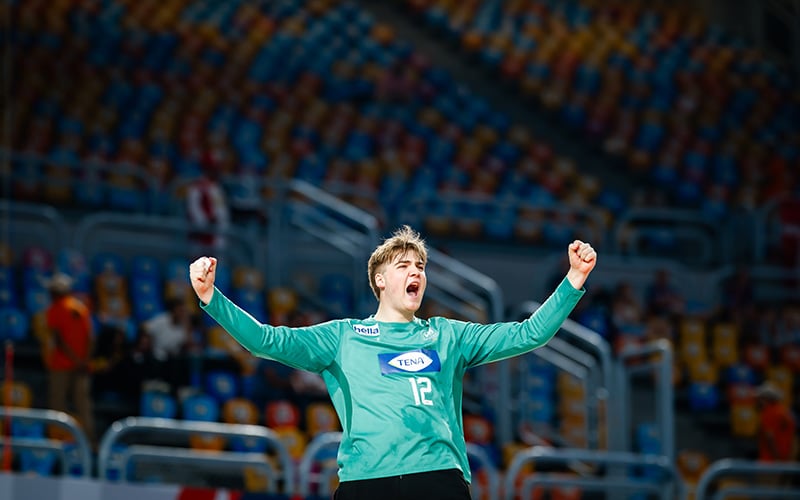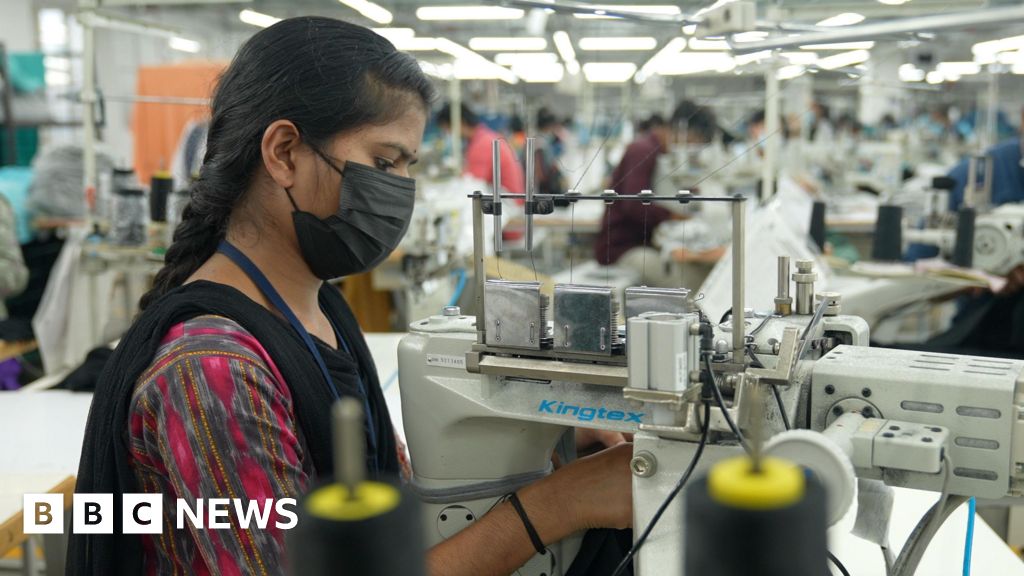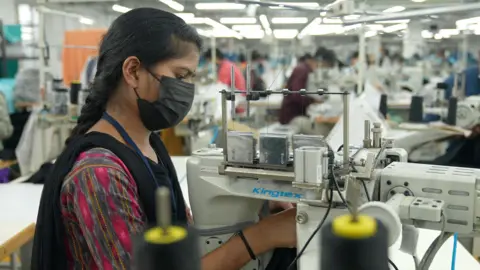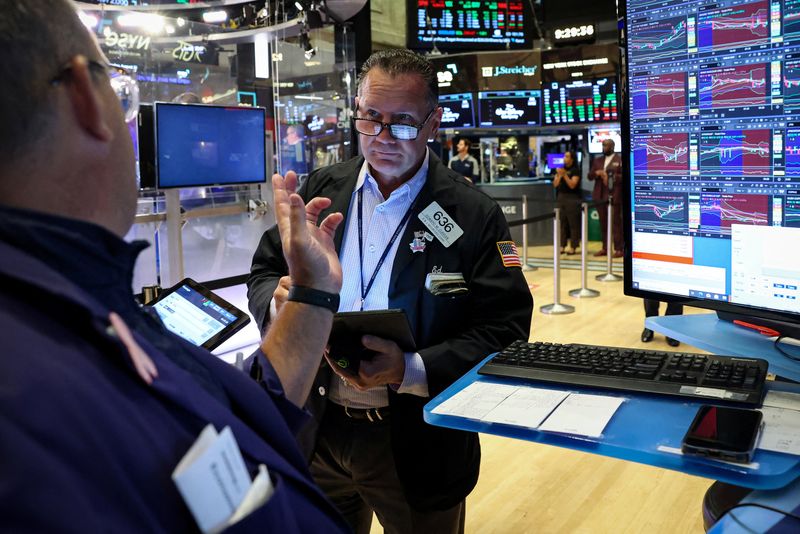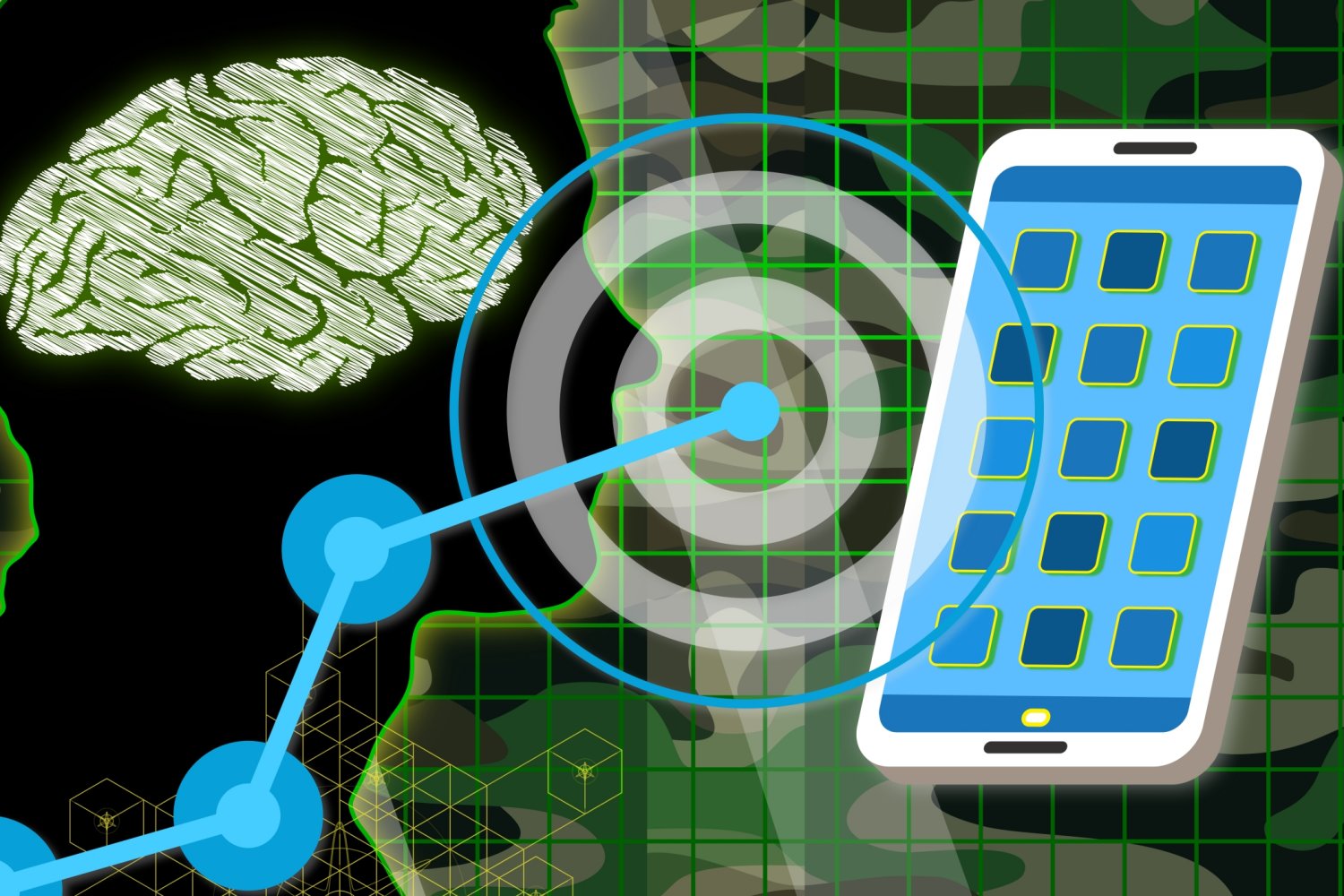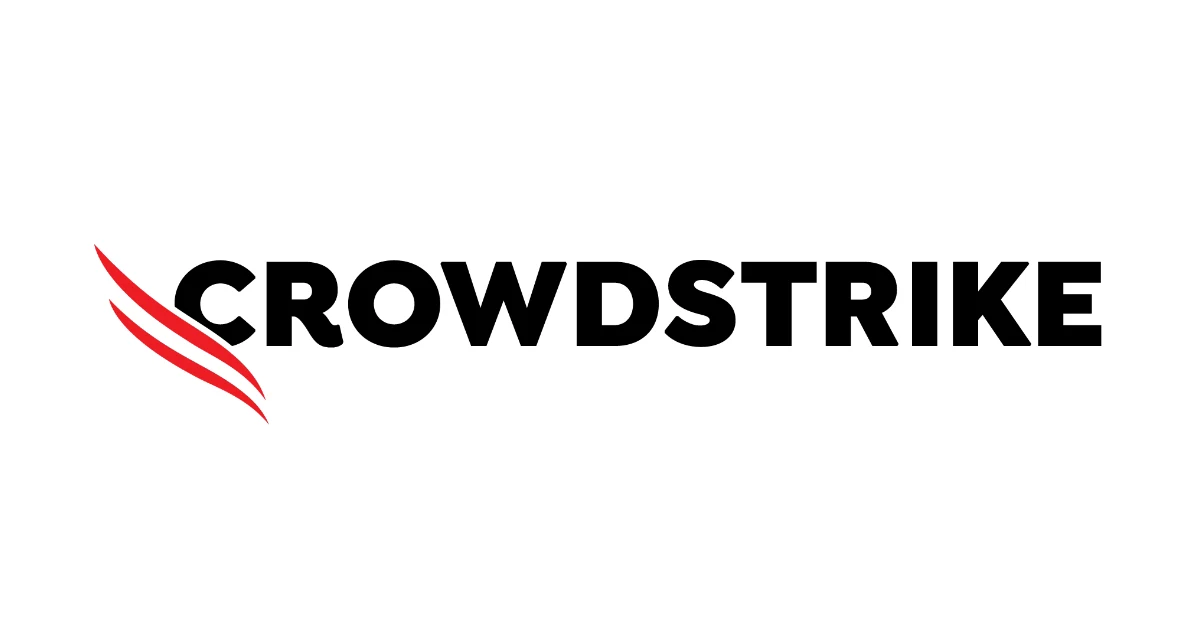By Jamie McGeever
ORLANDO, Florida (Reuters) -TRADING DAY
Making sense of the forces driving global markets
By Jamie McGeever, Markets Columnist
Investors on Monday wound back some of Friday’s sharp market swings sparked by Fed Chair Jerome Powell’s dovish pivot, a reversal that saw the dollar spike higher, Wall Street close lower and the U.S. yield curve flatten.
More on that below. In my column today, I look at Powell’s Jackson Hole speech on Friday, and argue that his opening the door to a rate cut next month is not a sign that he caved to political pressure from U.S. President Donald Trump.
If you have more time to read, here are a few articles I recommend to help you make sense of what happened in markets today.
1. World’s central bankers fear being caught in Fed’s storm 2. Wall Street ramps up bets on September rate cut afterPowell’s dovish tone 3. Powell fires up markets, but some investors see reasonfor caution 4. Keurig Dr Pepper takes a shot at Nestle with $18 billiontakeover of Dutch coffee giant JDE Peet’s 5. Wall Street hires more senior bankers as growingconfidence spurs deal rebound
Today’s Key Market Moves
* STOCKS: Chinese stocks hit a 10-year high. Wall Streetends in the red, led by the Dow’s 0.8% slide. * SHARES/SECTORS: Nine of the 11 S&P 500 sectors fall,utilities down 1.6%, health down 1.4%. Keurig Dr Pepper sharesslump 11.5% on its $18 billion takeover of JDE Peet’s. S&P putsfirm on negative credit watch. * FX: Dollar index +0.8%, its best day this month,recovering some of Friday’s steep decline. * BONDS: 30-year JGB yield up for eighth day in a row tonew high of 3.215%. U.S. 2-year yield up 4 bps, curve bearflattens. * COMMODITIES: Oil spikes nearly 2% to a two-week high.Brent crude pierces $69/bbl, WTI back up to $65/bbl.
Today’s Talking Points:
* China stock boom
China’s equity whoosh accelerated on Monday, with benchmark indexes climbing another 2%. The blue-chip CSI 300 index is at a four-year peak, and the Shanghai Composite index is now the highest in over a decade.
Hong Kong’s benchmark indexes are joining the party too – the Hang Seng hit a near four-year high on Monday and the Hang Seng tech index jumped more than 3% to its highest since March. Optimism around tech, stimulus from Beijing and a U.S. trade deal appear to be fueling the buying frenzy.
* High supply
The U.S. Treasury auctions a total of $183 billion of coupon debt this week, starting on Tuesday with $69 billion of two-year notes. The sales come at a critical juncture.
A resumption of the Fed’s easing cycle next month is on the cards even though inflation is above target and sticky. Yield curves have steepened, although the 2s/10s curve has leveled off in recent weeks. But ultra-long yields are firm – the 2s/30s curve is near its steepest since January 2022.
Washington has indicated it wants to front-load its rising new issuance and shorten the maturity profile of its debt. This week will be another test of investor demand against a backdrop of high economic, policy and market uncertainty.
* Deal me in
On the face of it, strong activity in the world of corporate takeovers, deals and M&A is a sign of a healthy economy. But it can also be a warning of excess froth and exuberance in financial markets. Which applies to the U.S. right now?
Wall Street is at record highs and financial conditions are the loosest in years. Inflation is above target and tariffs have yet to properly hit. But the labor market is creaking, growth has slowed sharply, and Powell has just opened the door to a rate cut next month.
That’s the backdrop to a flurry of M&A activity recently and Wall Street banks hiring dozens of senior bankers to handle the wave of dealmaking. Is this justified or not? The next few months could be crucial.
Powell plays best hand he can from a politically stacked deck
Federal Reserve Chair Jerome Powell is coming under fire for appearing to cave to political pressure in his Jackson Hole speech on Friday, which opened the door to an interest rate cut next month, a shift from his more hawkish stance only a few weeks ago. But the charge is unfair.
The heat is based not just on the economic justifications for his apparent about-face, but the politics, namely the accusation that he ‘caved’ to President Donald Trump’s incessant pressure to lower borrowing costs.
Powell was in a no-win situation. He essentially had three potential avenues to go down when delivering the near-term policy outlook, all of which left him open to charges of political motivation.
First, he could have maintained the somewhat-hawkish steer he provided in his July 30 press conference when he signaled that the rate-setting committee was in no rush to adjust policy and that more data was needed to justify a move.
But two days later came the unequivocally weak July unemployment data, including downward revisions to May and June’s job figures that were among the largest on record outside of a crisis or recession. This, unsurprisingly, sent the market’s expectations for rate cuts soaring.
If Powell had simply held the July 30 line in his Jackson Hole speech despite the new data, he wouldn’t have come across as mildly hawkish but unabashedly tight.
Moreover, he would likely have been accused of politically motivated stubbornness, with pundits arguing that he was refusing to budge simply because he wanted to show Trump that he would not buckle under presidential pressure.
That same charge would, of course, have also been leveled if he had taken the second route, signaling that the uncertain inflation dynamics made any thoughts of a rate cut now far too premature.
That takes us to the third option. That’s the one Powell took when he indicated that the time to adjust policy was likely approaching because of the worrying signs of weakness in the labor market.
This isn’t a commitment to ease policy, but an acknowledgement that it’s a strong possibility. It’s also a signal that the incoming economic data, specifically the August employment and CPI inflation reports, will largely determine whether the Fed cuts rates on September 17.
None of that suggests political interference is at play.
LABOR OF DOVE
The market seems to agree.
If rates traders believed easing now was a policy error – given that inflation is still above target and could rise further – longer-dated yields should have risen. They didn’t. The 10-year yield actually fell nearly 8 basis points.
Ten-year inflation swaps also dropped slightly to 2.43%, roughly where they have been trading, on average, over the past three months.
Tellingly, Powell’s speech also failed to dramatically alter the market’s monetary policy expectations. U.S. rate futures closed on Friday roughly where they had traded for most of last week, pricing in around an 80% chance of a rate cut in September and a near-100% probability of another one by December.
In short, not much to see here. Not yet, anyway.
To be sure, the economic case against Powell’s dovish shift is a strong one. Inflation is currently around 3%, and has been consistently above the Fed’s 2% target for more than four years. Inflation expectations are also higher than the Fed would like, even before factoring in any potential pass through from Trump’s tariffs.
In addition, financial conditions are looser than they have been in years, with stocks and other assets hitting record highs.
So why consider cutting interest rates? The argument appears to be based on two beliefs: first that tariffs will be a one-time hit to prices and thus should not lead to an inflationary spiral; and second that unemployment has the potential to shoot up quickly, meaning the Fed is wise to get ahead of the curve.
Powell is clearly in an unenviable position. The two sides of the Fed’s dual mandate – maximum employment and stable prices – are in tension, with data indicating looming risks on both sides. And this conundrum has been made doubly difficult by the public political pressure.
Powell was caught between Trump and a hard place. He did the best he could.
What could move markets tomorrow?
* Reserve Bank of Australia minutes * South Korea consumer sentiment (August) * Hong Kong trade (July) * Taiwan industrial production (July) * Bank of England’s Catherine Mann speaks * Bank of Canada Governor Tiff Macklem speaks * U.S. durable goods (July) * Richmond Fed President Thomas Barkin speaks
Want to receive Trading Day in your inbox every weekday morning? Sign up for my newsletter here.
Opinions expressed are those of the author. They do not reflect the views of Reuters News, which, under the Trust Principles, is committed to integrity, independence, and freedom from bias.
(By Jamie McGeever; Editing by Nia Williams)

